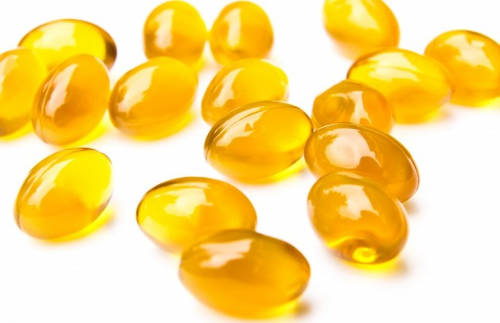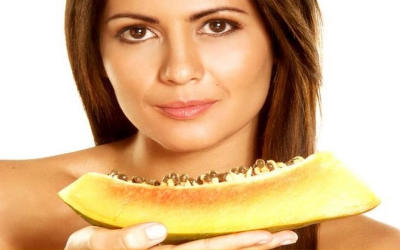.jpg)
The forbidden rice gains all its magical power as the health benefits of it getting unwrapped. It is the only rice to contain the antioxidant known as anthocyanins, which is found in dark-hued fruits and vegetables like blueberries, blackberries, dark grapes, dark cherries, purple brinjals, purple cabbage and purple corn amongst others. Black rice contains high amounts of antioxidants, dietary fibre, minerals and other anti-inflammatory nutrients. It is the richest source of the antioxidant, anthocyanin, which is known to be cancer fighting, beneficial for heart health and inflammatory conditions.
The texture of black rice is a bit heavier as compared to other varieties of rice but its natural flavour is rich and sweet. It has a pleasant, nutty flavour, best enjoyed with coconut milk and in sweetened desserts, particularly rice puddings. Black in colour when harvested, once cooked it turns deep purple. Popular in cuisines in Kerala and North Bengal, it is also a good option to make European salads or Italian dishes like risotto. Currently available at high-end restaurants, it seems to be steadily gathering support.
Slightly tricky to grow in terms of yield, it is harvested only in India and China. In India, it is mainly grown and consumed in Manipur where it is known as Chakhao. It has cultural and traditional significance to the people of Manipur and other parts of Northeast India where no celebration is complete without a delicious serving of black rice. On the occasion of the World Food Day in October, the Indian government also put an action plan in place to promote unique varieties of rice with a prominent status for black rice. As people discover the numerous health benefits that whole grain black rice has to offer and with it being touted as the new cancer fighting super food, which can also prevent heart disease, black rice has a good market potential, especially in the overseas markets, as the demand for the same is growing in the USA, Australia and Europe.





